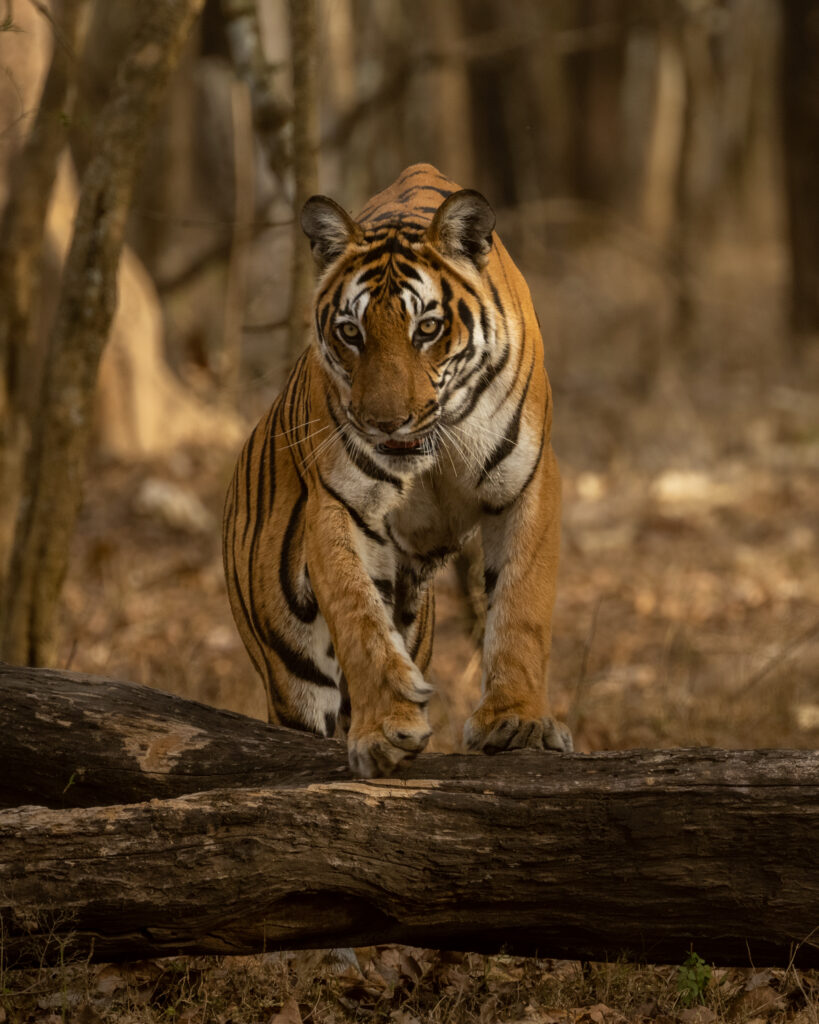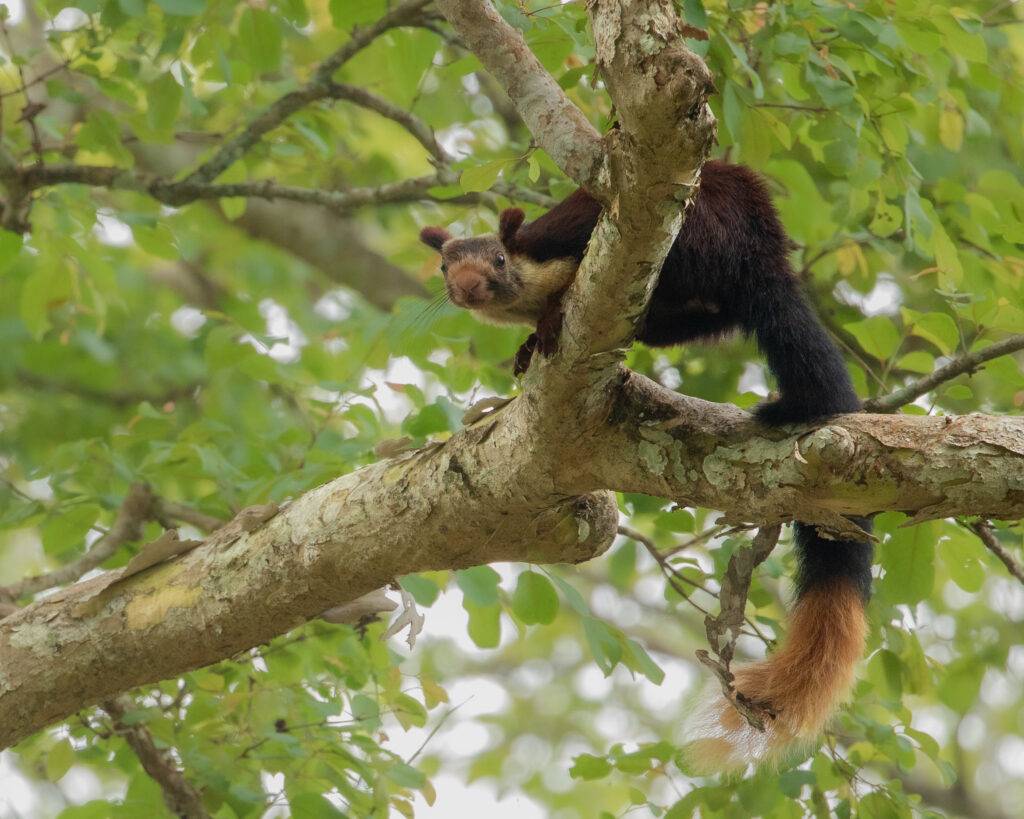“I love the forest. It is the place where you hear yourself better” – Fahadh Faasil
The Kabini River is one of the major tributaries of the river Cauvery (Kaveri) in the southern Indian state of Karnataka. The reservoir and backwaters of Kabini located near the town of Sargur form the South Easthern Part of Nagarhole National Park, which is about 60 km from Mysore and about 230 km from Bengaluru.
Once a private hunting lodge of the Maharaja of Mysore, Kabini was a popular shikar (hunting) hotspot for the British Viceroys and the Indian royalty. Now, it is a well known wildlife national park, famous for its spectacular wildlife as well as birds. It boasts of a good number of tigers, leopards, four types of deer, sloth bear, Indian gaurs and elephants.
In March 2023, an unplanned trip found us heading to this lovely forest along the banks of the Kabini. One of the best un-planned trips it turned out to be. We went into the jungle on three safaris and saw three tigers and two leopards amongst other denizens. Anyone who has been on a tiger safaris in India would acknowledge the above claim of ‘best un-planned‘.

Another, chance trip in May 2023, brought forth a different perspective as the landscape had turned rich green owing to early rains – You will see the contrast in pictures ahead.
The vegetation of the Nagarhole National Park consists mainly of North Western Ghats, moist deciduous forests with teak (Tectona grandis) and roseta rosewood (Dalbergia latifolia) predominant in the southern parts.

Towards the East, there is a Central Deccan plateau, dry deciduous forests with Pala indigo (Wrightia tinctoria) and thorny wattles (acacia). We also have some sub-montane valley freshwater swamp forests with several Eugenia species. The main trees are the commercially important rosewood, sandalwood, teak and silver oak.

These forests have some conspicuous tree species such as the golden shower (Cassia fistula), flame-of-the-forest (Butea monosperma) and clumping bamboo (Dendrocalamus strictus).
The Park is also home to many small predators like jungle cat, leopard cat, small Indian civet, Asian palm civet, Indian grey mongoose, Indian brown mongoose, stripe-necked mongoose and Eurasian otter. However, most visitors have only two things on their mind – a Tiger and the melanistic leopard of Kabini called ‘Saya’.


While it is relatively easy to see a tiger and other leopards, Saya remains elusive as a ghost, mostly sticking to the huge core area of the reserve which is not open to the tourists.

Melanistic or black colored leopards, often called as (Black) Panthers are same as common leopards but with a darker skin. How I wish we were lucky to see Saya !!

Anyway, we were lucky to see the above leopard again in the month of May, in a lush green backdrop.


What else did we see in the Jungle. Well, a few tuskers, the Malabar squirrel, langurs, woodpeckers, crested serpent eagle, Indian rollers. Here is a glimpse.






It was indeed a pleasure to meet Mr. and Mrs. Saad Jung, the owners of the lodge we stayed in.
Mr. Saad was as passionate about going on the safari as any first time traveller, whereas he has been in that very Jungle for over 35 years. Imagine, to go on a safari and story sessions with him – truly inspirational.
Well, have we seen the entire Jungle – maybe / maybe not.
Are we going back again – definitely !! The place is so tranquil and refreshing that it has to be done – going back, that is !
“In every walk with nature one receives far more than he seeks.” – John Muir